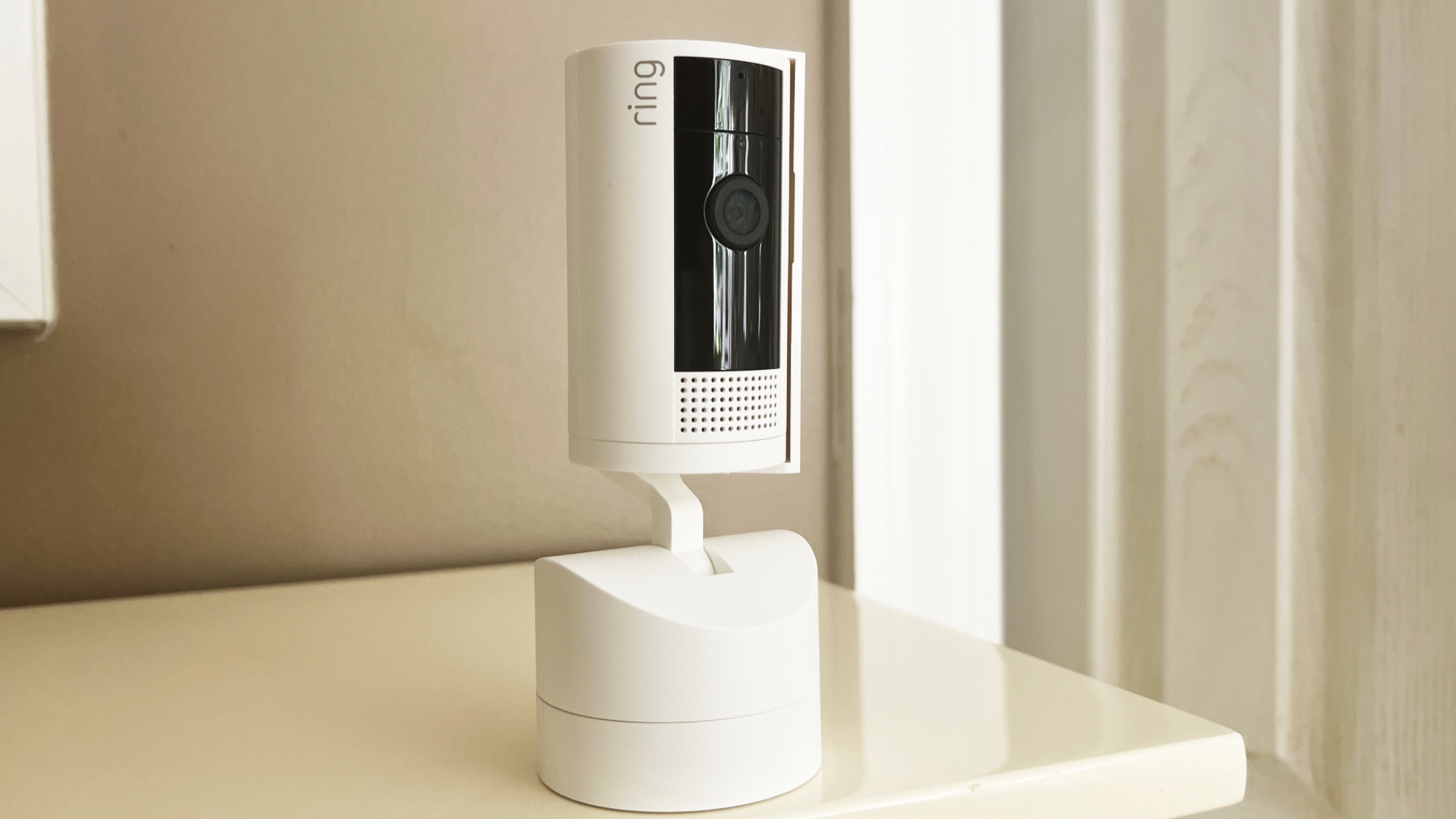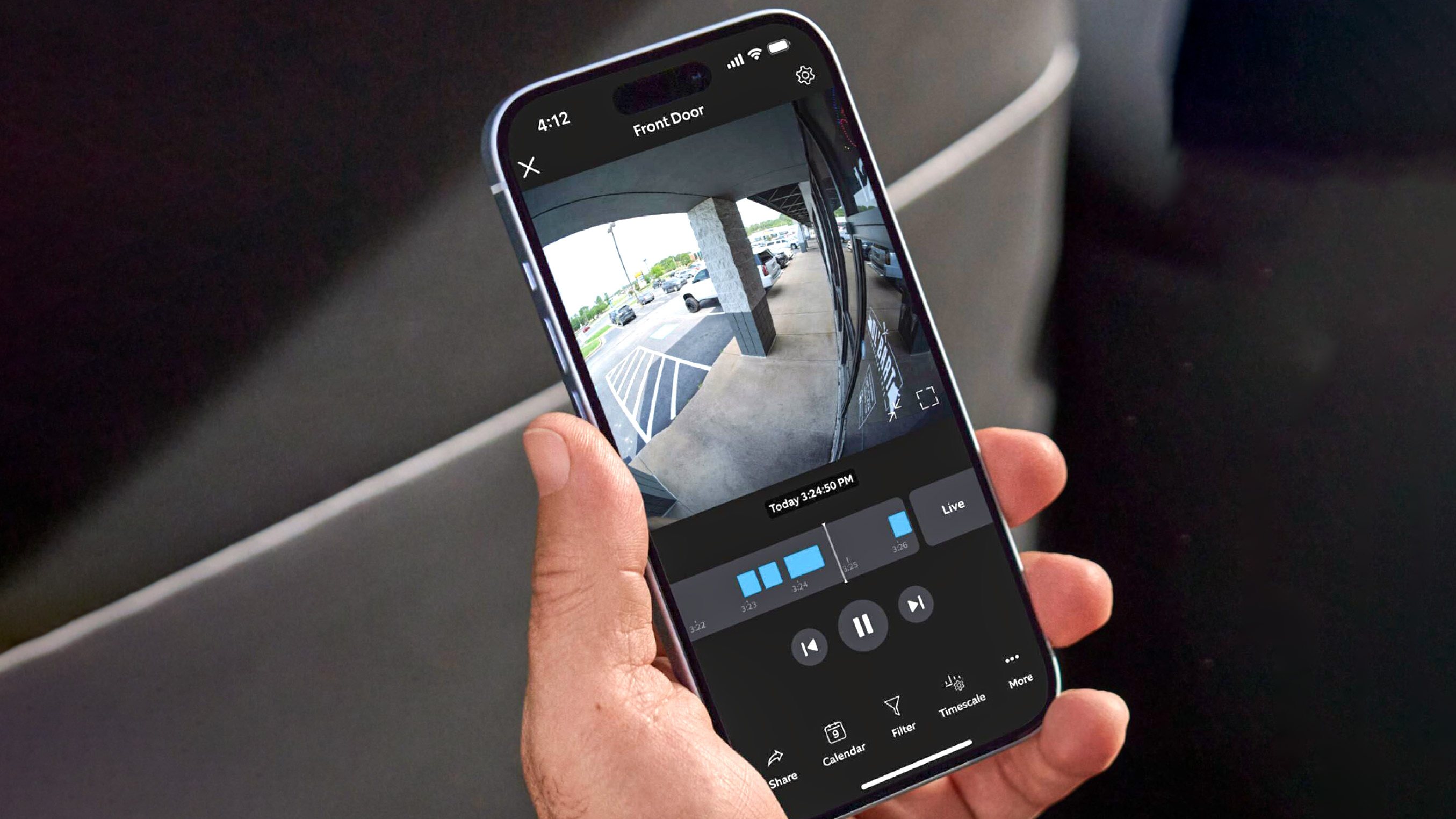Your Ring cameras weren’t hacked over the weekend — here’s what actually happened
Barrage of suspicious logins led many Ring users to believe they were hacked

If you noticed a flurry of unauthorized devices logged into your Ring account recently, you’re not alone and no, you weren’t hacked.
As reported by BleepingComputer, Ring, which makes some of the best video doorbells and home security cameras, has revealed that a bug in a backend update led to customers around the world believing their accounts might have been hacked.
In a post on Facebook, the company explained that it was aware of “a bug that incorrectly displays prior login dates as May 28, 2025.” Ring also updated its status page, explaining that the bug led to information being incorrectly displayed within the Control Center in its app. The company also went on to say that “we have no reason to believe this is the result of unauthorized access to customer accounts.”
In addition to fake login entries, some Ring customers reported that they saw unknown devices, strange IP addresses and even countries they’ve never been to in their Authorized Client Devices list. As BleepingComputer points out, this led many of them to believe that these entries couldn’t just be previous logins.
To make matters worse, it took Ring a lot longer than many customers believed it would to reverse the faulty backend update that led to all this confusion in the first. In fact, even after three days, some users are still seeing logins from unrecognized devices.
Likewise, some users reported seeing live view activity when no one within their household had accessed the app. At the same time, other customers reported that they didn’t receive security alerts or multi-factor authentication prompts when new devices were added to their Ring app.
How to keep your Ring account safe from hackers

Seeing unauthorized devices access your video doorbell and home security cameras is certainly the kind of thing that can leave someone shaken up. It could also indicate that your account was hacked which is why this backend update bug led to an uproar online from Ring users.
Get instant access to breaking news, the hottest reviews, great deals and helpful tips.
If you’re worried about unauthorized devices accessing your Ring account, you can open the app, head to Control Center and then to Authorized Client Devices. There, you’ll see a list of all devices and logins. If there are any there you don’t recognize, then you should remove them immediately.
Although Ring has done its best to assure users that this was not a data breach, it’s still a good idea to change your password if you haven’t done so recently. Just like with the rest of your online accounts, you want to ensure you’re using a strong and complex password in the Ring app. If you have trouble coming up with passwords on your own or even just remembering them, then you might want to consider using one of the best password managers. Not only will they generate strong and unique passwords for all of your online accounts but a password manager also stores all of your credentials securely in one place so that they’re easy to find.
In addition to changing your Ring password, you should also set up two-factor authentication for your account if you haven’t done so already. That way, anyone who tries to login to your account will also need a single-use code to gain access to it.
I’ve reached out to Ring in regard to this recent backend update bug and will update this story accordingly if and when I learn more. In the meantime though, an incident like this one while scary could be the wake-up call you needed to start taking your online security more seriously.
It’s one thing to lose access to an account and it’s another to potentially have strangers watching your every move online. When it comes to the best home security cameras, you always want to make sure that you keep their apps updated and that you’re using a strong and complex password that you aren’t using for any of your other online accounts.
Follow Tom's Guide on Google News to get our up-to-date news, how-tos, and reviews in your feeds. Make sure to click the Follow button.
More from Tom's Guide
- How to enable two-factor authentication (2FA) for Ring cameras
- Which Ring Video Doorbell should you buy?
- Ring backtracks, lets cops once again request video from your doorbell and security cameras

Anthony Spadafora is the managing editor for security and home office furniture at Tom’s Guide where he covers everything from data breaches to password managers and the best way to cover your whole home or business with Wi-Fi. He also reviews standing desks, office chairs and other home office accessories with a penchant for building desk setups. Before joining the team, Anthony wrote for ITProPortal while living in Korea and later for TechRadar Pro after moving back to the US. Based in Houston, Texas, when he’s not writing Anthony can be found tinkering with PCs and game consoles, managing cables and upgrading his smart home.
You must confirm your public display name before commenting
Please logout and then login again, you will then be prompted to enter your display name.
